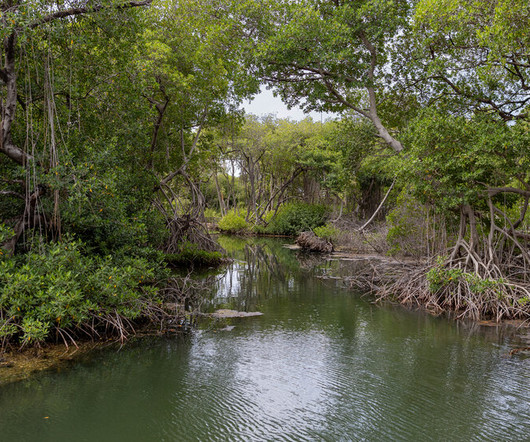Study Finds Indian Ocean Sea-Level Rise Threatens Coastal Areas; Climate Change Partly Responsible
Green Car Congress
JULY 15, 2010
finds that the sea-level rise is at least partly a result of climate change. The rise—which may aggravate monsoon flooding in Bangladesh and India—could have future impacts on both regional and global climate. In addition, the team used a wind-driven, linear ocean model for the study. The Indo-Pacific warm pool.












Let's personalize your content